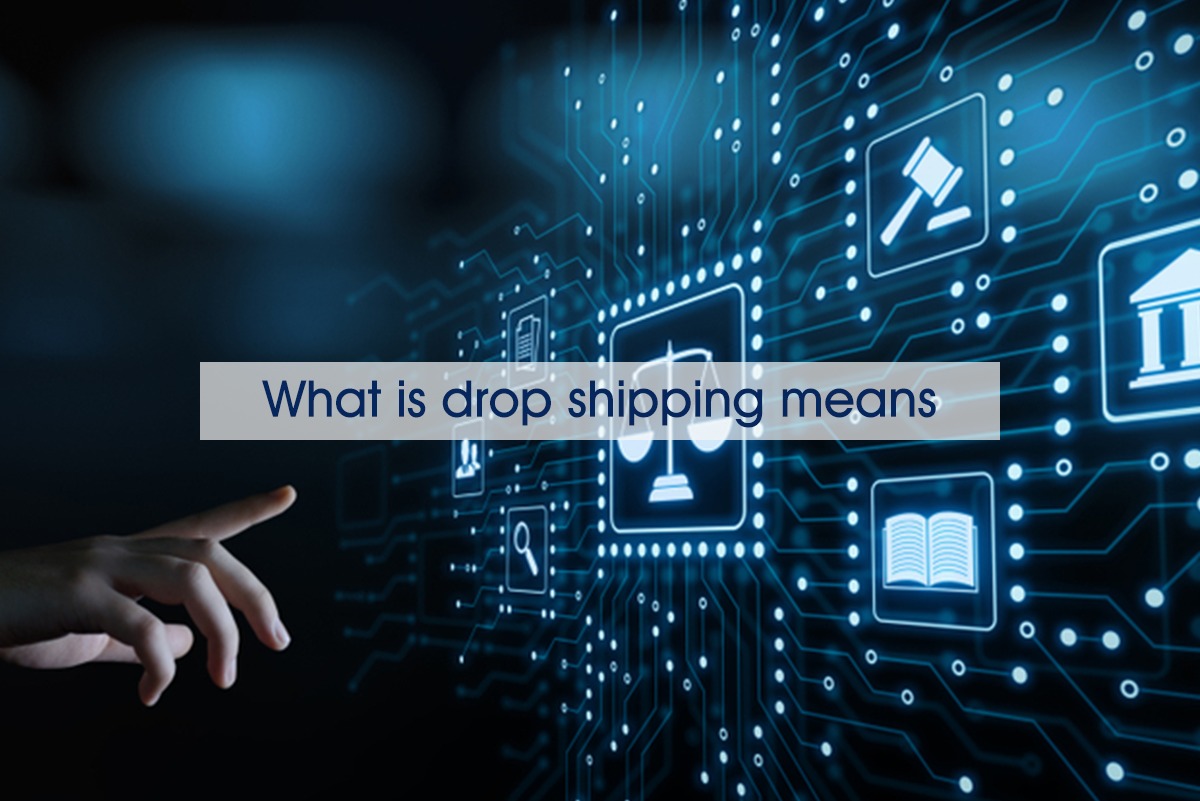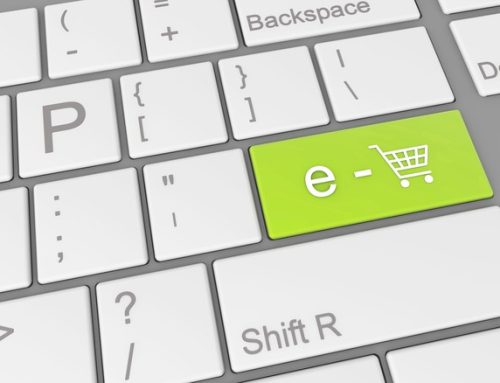Description of drop shipping: a distribution model that enables you to order goods from a wholesaler individually and send them directly to your client.
You actually work with a drop shipping company and list their goods for sale instead of buying a vast quantity of product. Then, you send it to the retailer for delivery after you obtain an order. The retailer will send the items directly to your client from their factory, and will only bill you for the price of the item delivered.
Drop shipping is a retail model of e-commerce that enables retailers to sell goods without maintaining any physical inventory. The retailer sells the merchandise to the consumer during drop shipping, and passes on the purchase order to a third-party seller, who then delivers the order directly on behalf of the retailer to the customer. Sellers of Drop shipping do not need to invest in any commodity stock, inventory or storage space and do not manage the process of fulfillment.
For emerging entrepreneurs, drop shipping is a perfect business model to start with because it’s available. You can easily test multiple business concepts with a small drawback by drop shipping, which helps you to learn a lot about how to pick and sell in-demand goods. Here are a few more explanations why drop shipping is a common model of this type.
The need for less resource is
Perhaps the greatest bonus to drop shipping is that an eCommerce website can be opened without having to spend thousands of dollars in inventory upfront. Traditionally, manufacturers have had to bind up large quantities of inventory with capital investments.
Low overhead level
Your operating rates are very minimal and you don’t have to do with buying inventory or maintaining a warehouse. In reality, many popular drop shipping stores are managed as home-based enterprises, needing nothing more to run than a laptop and a few recurring costs. These costs are likely to escalate as you expand, but they will still be low relative to those of conventional brick-and-mortar firms.



